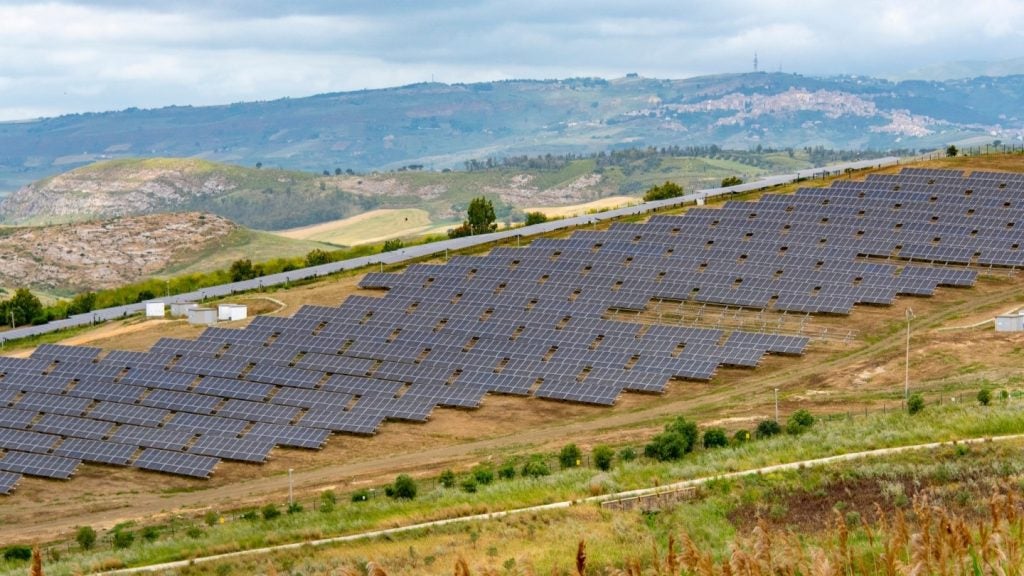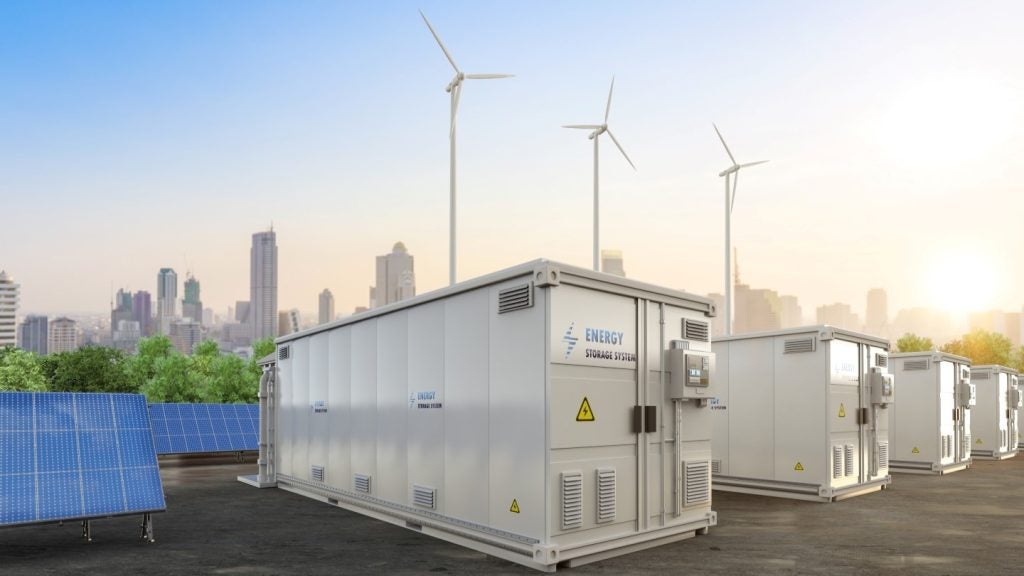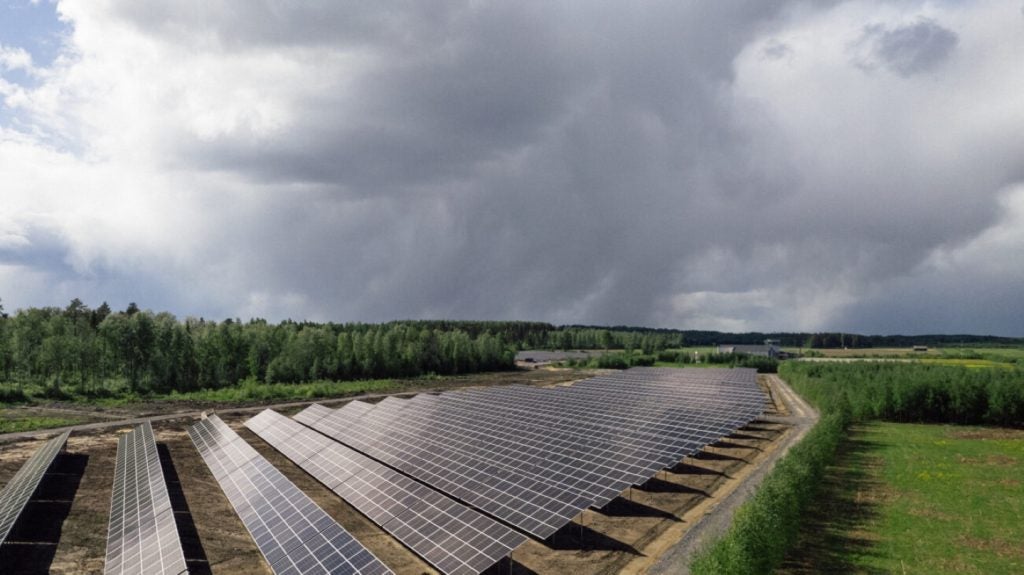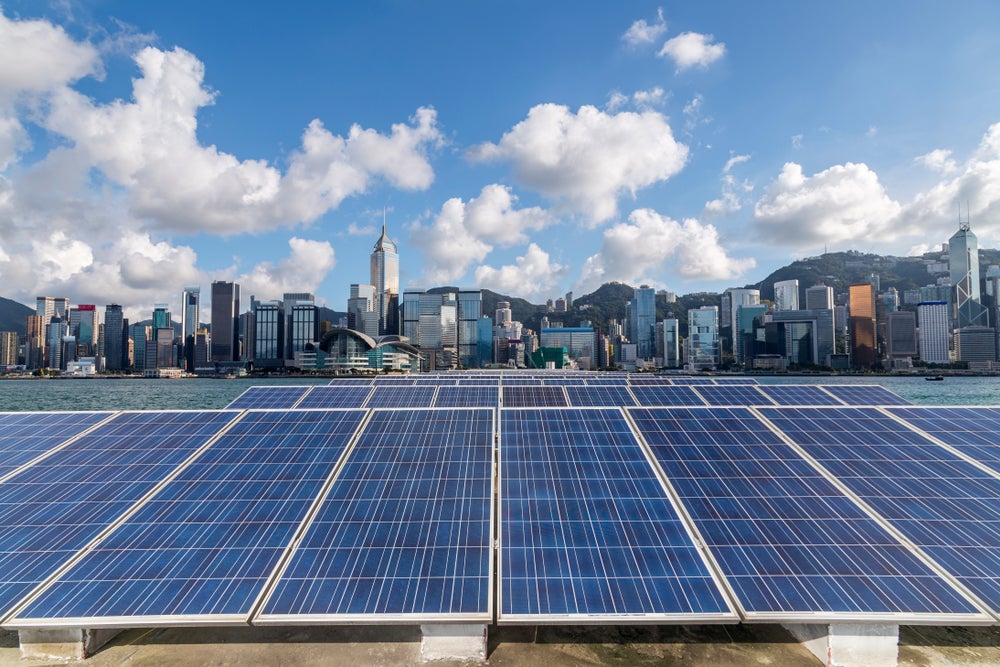
Global investment into energy transition technologies reached a total of $1.3trn in 2022, the largest ever annual renewables investment. Installed global solar power capacity doubled in the three years from 2018, bringing global capacity to 1TW in April 2022.
While the industry is growing globally, China remains the clear leader for global solar power installation and is on track to reach its 2030 solar installation target of 1.2TW by 2025, five years ahead of time. The renewables industry is becoming increasingly competitive, not just on a domestic level, but internationally.
As the industry grows, supply chains have become more complex raising ethical questions about where we source our energy. Corporations and governments need access to accurate information about how and where energy is sourced in order to record their Scope 2 emissions, in line with net-zero targets. One answer lies in digital tracing, which can help to assure the green credentials of renewable energy providers, even when exporting energy.
Blockchain storage could offer a digital tracking solution to help with renewable identification. Power Technology spoke with Bill Kentrup co-founder of Allinfra, which integrates blockchain into the climate supply chain. Kentrup explains how blockchain could be integrated into the renewables industry and what it might mean for suppliers and customers.
Florence Jones: Why is solar power the fastest growing electricity source, what makes it so attractive to developers?
Bill Kentrup: Solar generally has a short and low-risk development and construction cycle. The process of analysing technical and commercial feasibility, designing systems for a particular site, and installing solar farms can be accomplished within a matter of months for smaller assets and a few years for larger assets. Part of what makes the cycle very short is the energy input data, with decades of data widely available for most regions of the world. […]
Incremental reduction in solar equipment and installation costs, increased output efficiency and improvements in power storage technology have also alleviated barriers to solar adoption. Once construction and commissioning is completed, solar power plants generally have very low operational risk. Solar irradiance, repair and maintenance, and power offtake arrangements are generally predictable and fixed long-term, making power output and revenues very stable.
How well do you really know your competitors?
Access the most comprehensive Company Profiles on the market, powered by GlobalData. Save hours of research. Gain competitive edge.

Thank you!
Your download email will arrive shortly
Not ready to buy yet? Download a free sample
We are confident about the unique quality of our Company Profiles. However, we want you to make the most beneficial decision for your business, so we offer a free sample that you can download by submitting the below form
By GlobalDataGiven solar irradiance is a key ongoing input and is free, carrying no input pricing and availability volatility, solar has almost no ongoing pricing risk and is not exposed to cross-border political risk such as sanctions or price wars that often impact broader energy commodity markets.Solar is truly a domestic source of power.
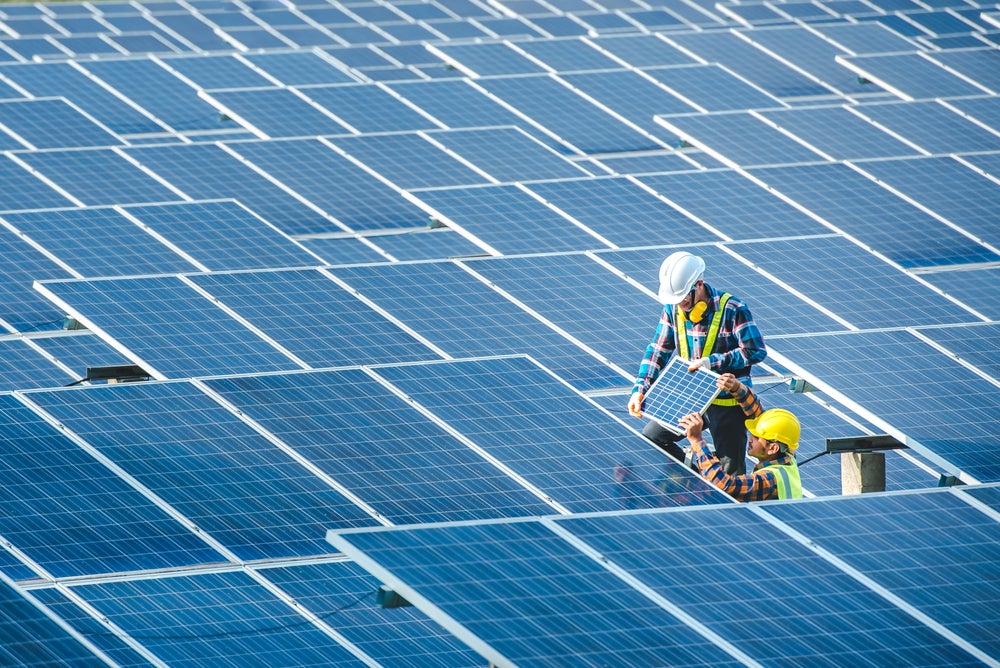
Florence Jones: How could blockchain technologies be implemented into the solar technology value chain?
Bill Kentrup: One application is the use of blockchain to enhance the creation, transfer, and traceability of energy attribute certificates (EACs) or renewable energy certificates (RECs). Moving solar power output data onto the block chain [“on-chain”] can supplement traditional EAC and REC systems for their production and procurement, systems that are structured quite differently across markets and often are fraught with inefficiencies and weaknesses that potentially lead to lack of supply, repeated counting of certificates, and other issues that expose potential buyers to commercial and public relations risk.
By leveraging blockchain technology, stakeholders can automate and collect granular data at asset level and record it on-chain. This allows for a verifiable and auditable data feed on a near real-time basis. Solar energy producers can record their production data on-site and create [“mint”] digital versions of EACs referencing that data in some markets, and can then supply the recorded data to REC issuing bodies in other markets. This reduces administrative costs relating to measurement, reporting and verification.
These digitally-native or digitally-enhanced certificates can easily and forever be traced back to their source data, and with the production and legal transfer of EACs or RECs being recorded on chain, this gives buyers an additional layer of proof of ownership, helping to avoid risk of double counting, giving corporates a much stronger case for ownership and enabling a more transparent and efficient process for EACs and RECs.
Florence Jones: Why would a blockchain-based system be beneficial for both developers and communities?
Bill Kentrup: For developers, it offers a lower cost, more streamlined and efficient process for creating, transferring, and retiring EACs and RECs. The use of blockchain technology can reduce administrative costs and improve the traceability of these certificates, enhancing the overall value proposition of solar energy assets.
For communities, including individuals, corporate leaders and governments, a blockchain-based system provides transparency and verifiability of environmental claims. It allows for a permanent and directly traceable record of production, transfer, and retirement of EACs, ensuring that the environmental attributes of solar energy can be accurately accounted for. This transparency builds trust and helps avoid claims of greenwashing, ultimately benefiting both developers and the communities they serve.
Lastly and importantly, under the Paris Agreement each country is legally required to measure and report their progress in terms of greenhouse gases relative to targets that are set. Having a country’s greenhouse gas footprint on digital rails […] will make reporting and corresponding adjustments far easier, cheaper and permanently traceable.
Florence Jones: Blockchain technology has been criticised for its high energy consumption. How do developers reconcile this with energy production targets?
Bill Kentrup: First of all, traditional and manual processes for data collection, reporting and verification itself carries a significant energy and carbon footprint. Replacing manual systems with digital systems, even energy-intensive digital systems, is likely to bring about some reduction in energy and carbon intensity.
But beyond this, using a proof-of-stake consensus mechanism [a blockchain validation method] instead of proof-of-work consensus mechanism [an older blockchain validation method], which executes and secures transactions through a highly power-intensive means, results in an energy and carbon footprint that is nearly negligible.
Manual measurement, reporting and verification is almost always carbon-intensive. Proof-of-work is energy-intensive and can be carbon-intensive depending on the source of power, and proof-of-stake is always negligible in terms of energy and carbon intensity.
Florence Jones: How else might increased digitisation impact the solar industry?
Bill Kentrup: Having greenhouse gas-relevant data from solar and that of its broader industrial infrastructure on digital rails will make countrywide compliance with reporting obligations under the Paris Agreement much easier, cost-effective and believable.
Furthermore, given solar development is highly capital-intensive, requiring constant financing and refinancing cycles, and given ESG impact metrics are increasingly important in terms of reporting to financiers, asset developers that have their environmental and social data on digital rails are becoming more attractive to financiers who wish to qualify their funding as meeting certain ESG metrics.
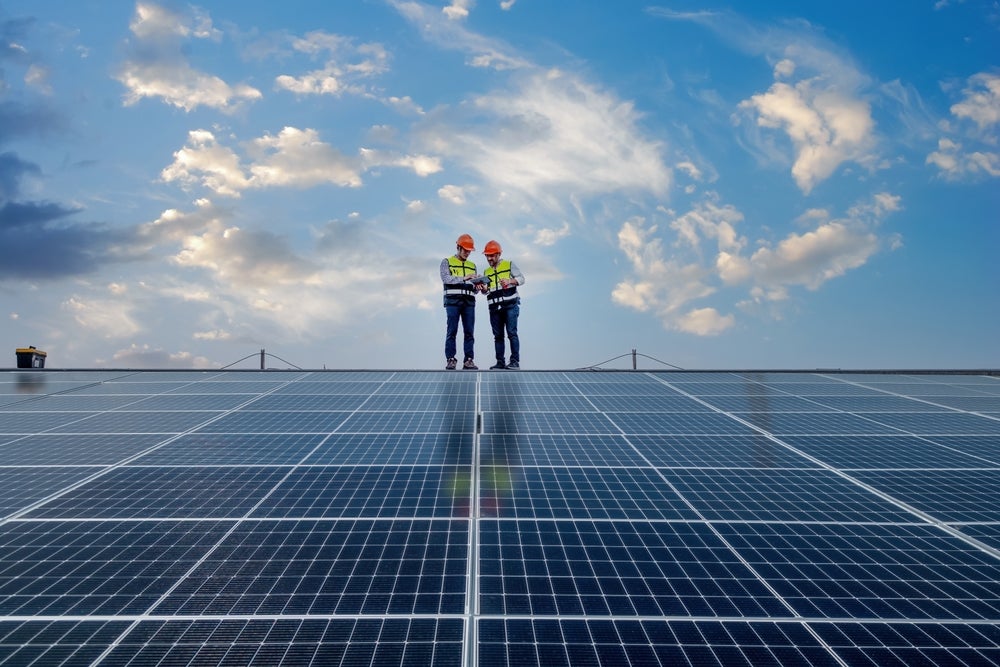
Florence Jones: What do you believe are the most significant barriers to solar adoption today?
Bill Kentrup: The most significant barriers to solar adoption today include policy uncertainties, delays in payment of subsidies, unpredictable awards of feed-in-tariffs and permitting, and consistent or unpredictable curtailment. These issues all result in increased development or operational risks. Ambiguities surrounding the implementation of solar energy policies creates uncertainty for developers and investors, hindering widespread adoption.
While recording data on blockchain technology cannot alleviate all these risks, having more accessible and believable power production data can allow for better communication between solar asset owners and grid operators, which in turn can help grid operators plan and balance expected power on the grid. These, in turn, could help prioritise renewable power sources over fossil fuel sources.



